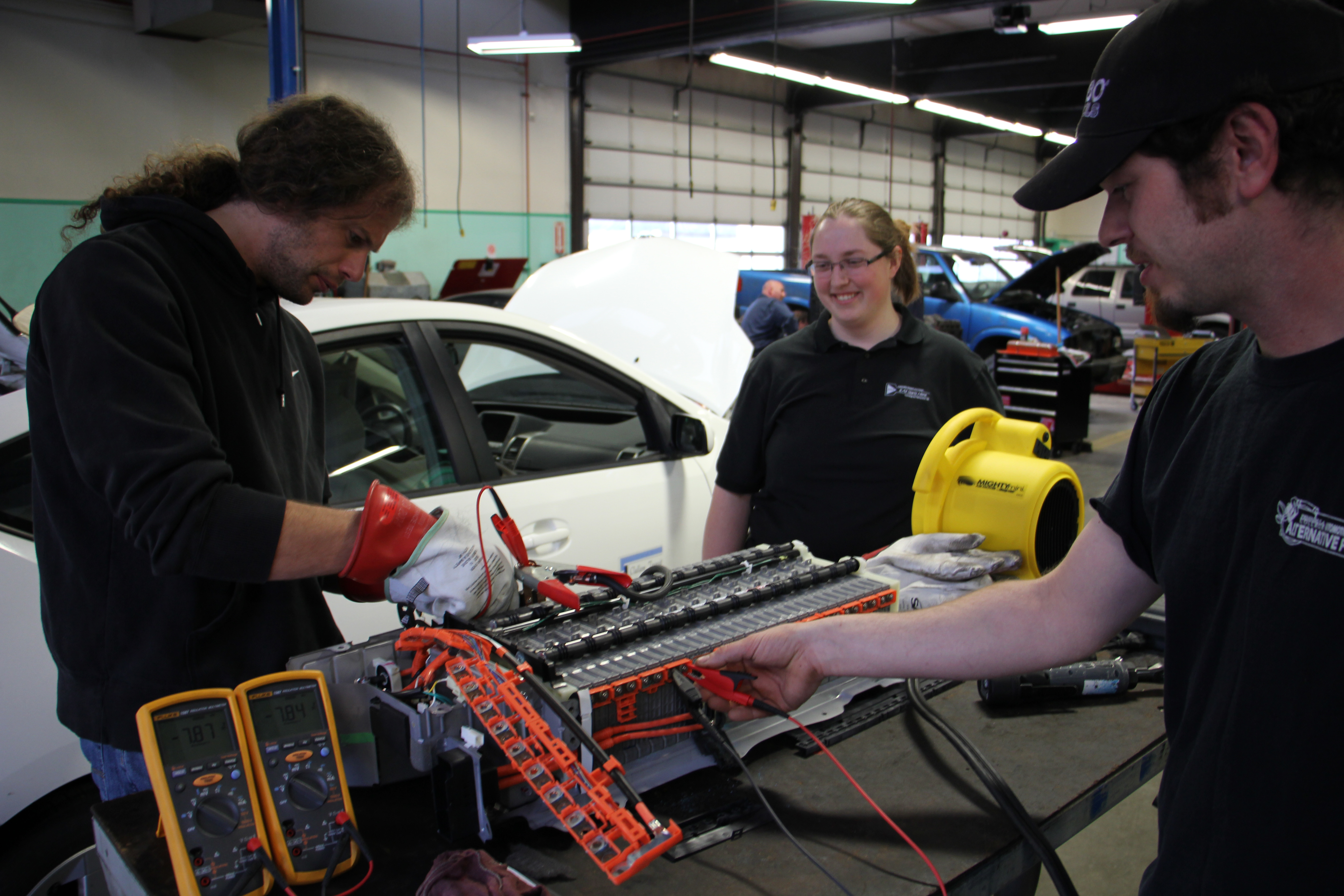
Commentary by Giovanni Roverso
As part of The Buccaneer’s April Earth Week coverage, a talk was held by Daniel Underwood, economics and environmental science professor at the college. He referenced a controversial 2007 study by Coastal Northwest magazine’s Marketing Research branch, called “Dust to Dust: The Energy Cost of New Vehicles From Concept to Disposal. It claimed a Prius cost more energy from inception to disposal compared to a Hummer I. Among the main factors was the cost of research and design, material costs, and battery replacement costs.
Backlash was fierce. People accused the study of being flawed due to a variety of reasons, including for example, that CNW statistically set the lifetime of the Prius to about a third of that of the Hummer I, about 10 years compared to 35, due to early Prius models supposedly reaching obsolescence after the first decade.
In 2011, however, Consumer reports stated that their engineers “found that there was very little difference in battery performance, fuel economy and acceleration in [a] used ‘02 model when compared to a nearly identical 2001 Prius they tested 10 years ago when it was new.”
About 15 years on, well-maintained 2001 Priuses—or Prii—while not as efficient as their more recent siblings, are generally still doing fine as reported by their owners on the web.

CNW’s obsolescence case seems to unravel, especially when the vehicle is taken good care of. Servicing isn’t even necessarily that expensive if you look for second opinions, study up a bit (the internet is a handy tool) and build the right connections.
Though the cars themselves generally don’t have that many issues later on in life, an untouched battery pack usually won’t last much more than 10 years, though it’s worth considering that Toyota was “aware of owners who have racked up a quarter-million miles without replacing the batteries,” according to Gary Smith, national service technology manager at Toyota Motor Sales, U.S.A., Inc., in a 2006 Q&A.
Really though, the batteries aren’t much of a problem these days. If the cost of a brand-new Toyota battery pack—Consumer Reports found the cost to be between $2200 and $2600 at a Toyota dealership in 2011—plus labor is bad bang for buck, there are plenty of alternatives. (Toyota does recycle the bad packs you give them.)
Consumer Reports “found many Prius batteries available at salvage yards in the $500 range” in its 2011 report. On top of that, businesses specializing in the reconditioning of Nickel-Metal Hydride batteries—the leading battery type for hybrids today—are booming, thanks to companies like Port Angeles-based AR&D.
Regardless, in 2008, CNW released an update to their report to include current-gen data.
“The longer a vehicle remains in production, the less the cost-per-mile is impacted by the pre-production expenditures. Obviously, this is because the initial expenses for battery development, for example, can justifiably be spread over more vehicles. Thus Prius showed a decrease in dollars-per-mile in the second data release from CNW,” the firm said.
And so finally, the Prius is less costly than the Hummer.
See a letter to the editor in response to this editorial here.
